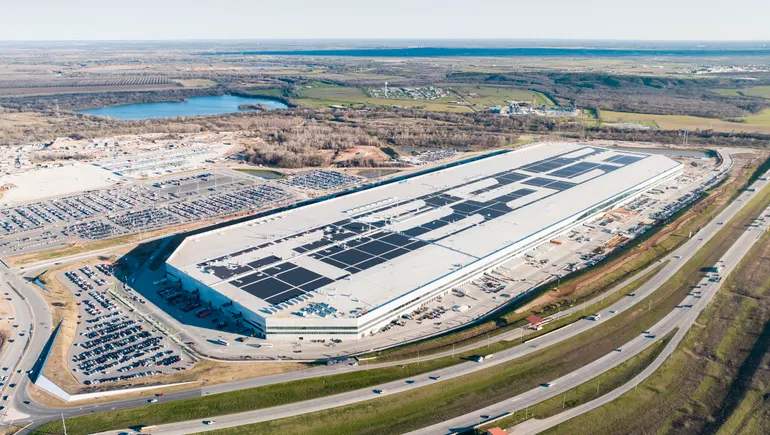While a surge of data center projects enter construction planning queues, Tesla continues to face delays with its Dojo data center project in Austin, Texas.
The data center facility, located at its headquarters in Austin, is integral to realizing CEO Elon Musk’s quest to finally realize full self-driving capabilities in the firm’s cars.
In mid-April, the automotive company’s planned facility reportedly still lacked most of its roof and ground floor because of delivery issues, bad weather and other common construction headwinds. Those issues ultimately led to the firing of the construction project’s director of infrastructure, according to The Information.
All this unfolded as an increasing number of contractors enter the data center construction market, said Bob Hopfenberg, vice president of national business development at Edmonton, Alberta-based PCL Construction. However, this influx of new contractors won’t necessarily translate into smoother project completions.
“The rapid evolution of data center technology makes it difficult for new players to enter the market while keeping up with the latest advancements and client expectations,” said Hopfenberg, who is not associated with the Austin Tesla project. “Still, many are undeterred as the demand for data centers continues to grow. More contractors than ever are entering the market.”
But even as more contractors enter the space due to the rising demand, hyperscalers and data center owners, such as Tesla, may still face challenges in finding qualified contractors for their projects.
Larry Ellison, company chairman and chief technology officer at tech giant Oracle, said its data center projects usually take longer to build than desired. Issues with the procurement of generators, power supply systems, electrical switchgear and power distribution units often push back the construction timeline for these projects.
Water, power needs
“Data center owners are not necessarily facing a scarcity of reputable builders but rather a shortage of contractors with the right diversification of expertise,” said Hopfenberg. “Hyperscale owners are committed to minimizing the environmental impact of their facilities, which means many modern data center designs call for the installation of solar panels and innovative water reuse technology.”
For example, Meta, Amazon, Google and Microsoft all plan to be water positive at their data centers by 2030. That means they plan to put more water back into freshwater sources than their data centers extract.
“There is a growing demand for advanced water-cooling systems, which are a more efficient and environmentally friendly way to cool servers than traditional air conditioning methods,” said Hopfenberg. “This trend not only reflects a shift toward greener practices but also highlights the industry’s response to the growing need for more environmentally sustainable solutions.”
Also, while water consumption tends to dominate the conversation around sustainability and data centers, energy consumption is another consideration, said Hopfenberg.
It requires a significant amount of power to operate hyperscale facilities around the clock. For that reason, hyperscalers are experimenting with renewable forms of energy to minimize their impact. That includes solar energy, but also hydrogen fuel cells, according to Microsoft.
These factors collectively make it difficult to find contractors with the necessary qualifications. Thus, Tesla’s search for a replacement at its Austin project may take even longer than planned.
A posting this week on recruitment site ClimateTechList said the company was seeking a “Data Center Field Operations Manager, Dojo,” to oversee the construction of data center infrastructure projects. But a link back to the company’s site from the ad was broken.
Tesla declined to comment.
“It’s rare to find construction experts in solar, industrial, water and data centers under one roof,” said Hopfenberg. “When a contractor can bring a diverse skill set, it creates a seamless experience for the client and adds efficiency to the project schedule.”
